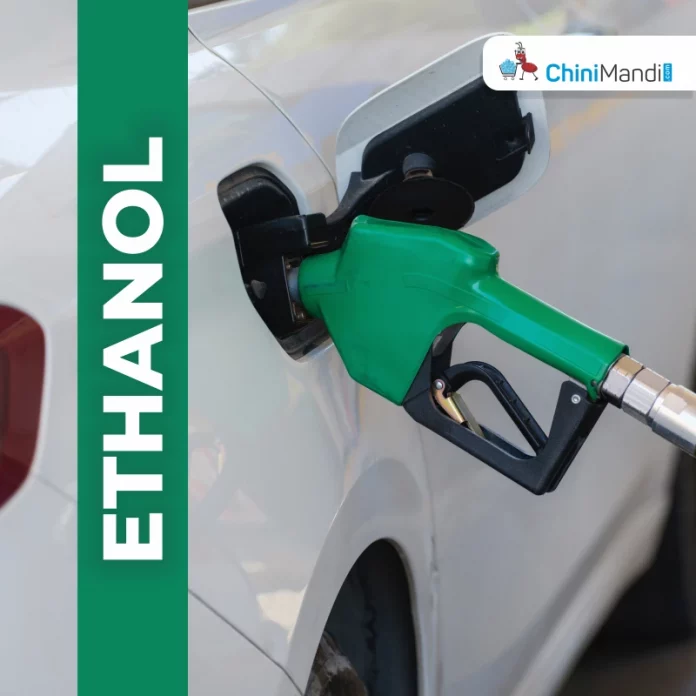By Mohan Bajikar (Agrifuturologist)
ChiniMandi has organised a two-day seminar in New Delhi on 7th and 8th January 2023, a laudable objective. However, we cannot ignore climate change has caused a number of farmers’ deaths and suicides.
Whereas the central government has announced revision in blending ethanol with petrol with a deadline which necessitates India to provide 1,060 crore litres as against present capacity of 440 crore litres.
To depend on one crop namely sugarcane which is topmost guzzler of water followed by rice and wheat, would not be advisable. 70% of water is used in irrigation. Several areas go dry, making housewives walk long distances with a child in one hand and a pot to fill drinking water on top of the head. As a young boy of 10 years, I had to go long distances to bring home a pot of water during summertime in Belgavi (Karnataka) year after year.
Comparison between 3 crops namely sweet sorghum, sugar beet and sugarcane can tell us why and which alternative is available or can be made available. This will be well understood from table I. This also helps the government’s objective:
I. Doubling the farmers’ income
II. Above (I) through FPO’s
III. India
Immensely by
A. Reducing and preventing imports of petroleum oil.
B. Avoiding foreign exchange outgo
Table II gives yield and water requirements
Table III ethanol yield and water needed
Table IV increased land productivity
Table V Stretching factory operations
India imports 220 million tons of crude oil and more than 32 billion cubic metres of natural gas per annum. Natural gas is increasing per annum whereas production is virtually stagnant and foreign exchange outgo of 27%.
There is an urgent need to produce and consume crude oil up to 60-70 tons to ensure energy security. 1 ton of sugarcane needs 60-70 tons of water for cultivation. Let us debate and think logically. Sugar beet also produces 17 value added products besides ethanol.
Table I: Key benefits
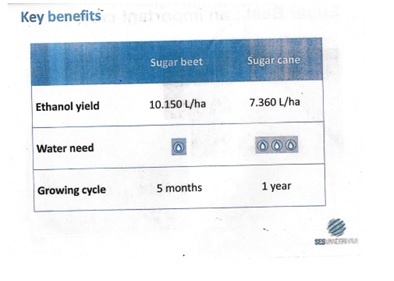
Table II: Additional benefits
a. Increased land productivity
b. Stretching of factory operations
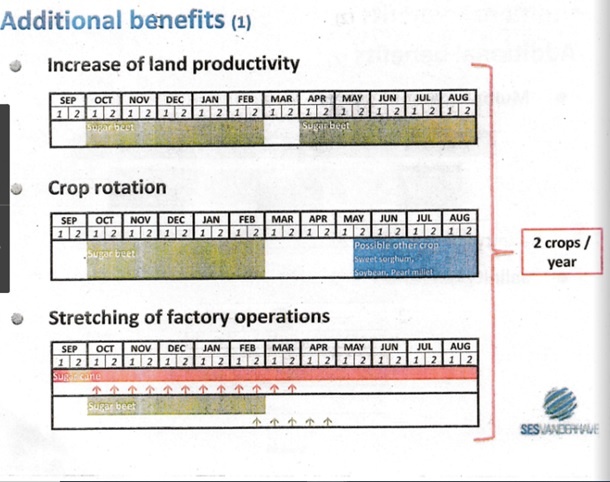
Table III: Yields and cultivation costs
Table IV: India
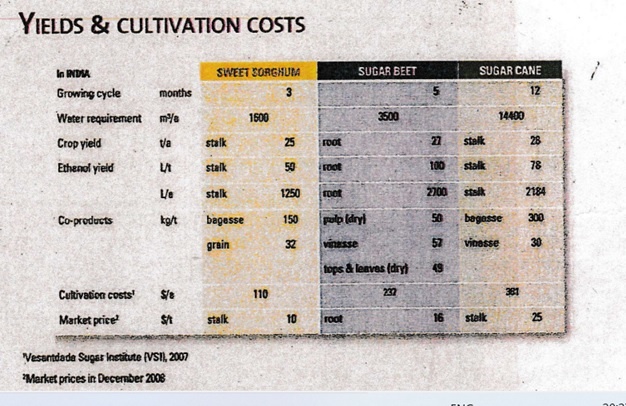
References:
Table V: Prospects for bioethanol production from sugar beet
Above I, II, III and IV by Jean Noël Evrad’s (Sesvanderhave Belgium) article, V from article by Meeta Lavania PhD (TERI)
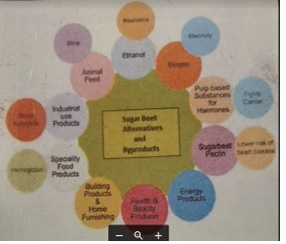
(From magazine on National Seminar, Ultrasmart Agrivillage Industry Clusters.)
The opinions expressed in this column are that of the writer. The facts and opinions expressed here do not reflect the views of www.chinimandi.com

